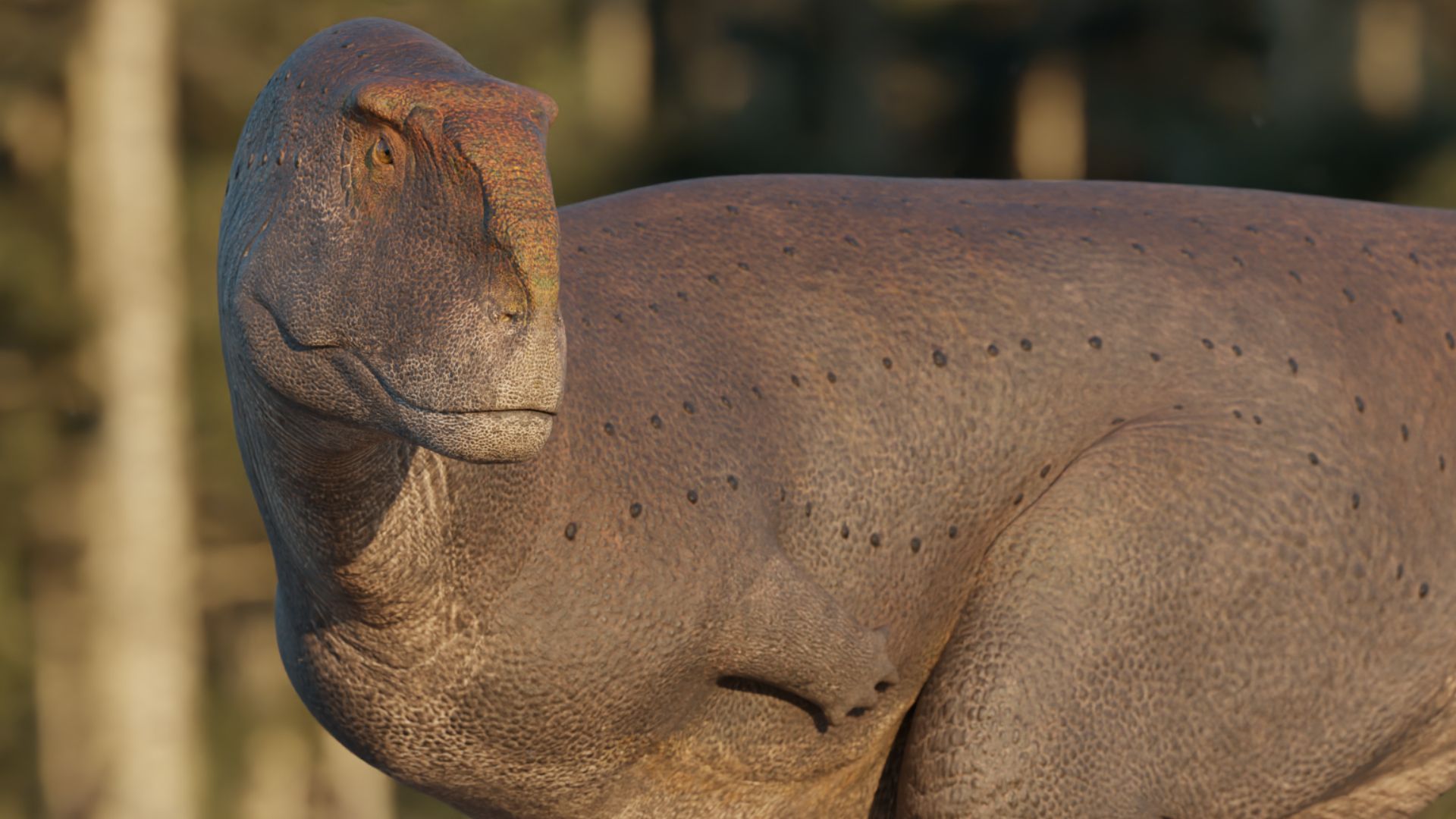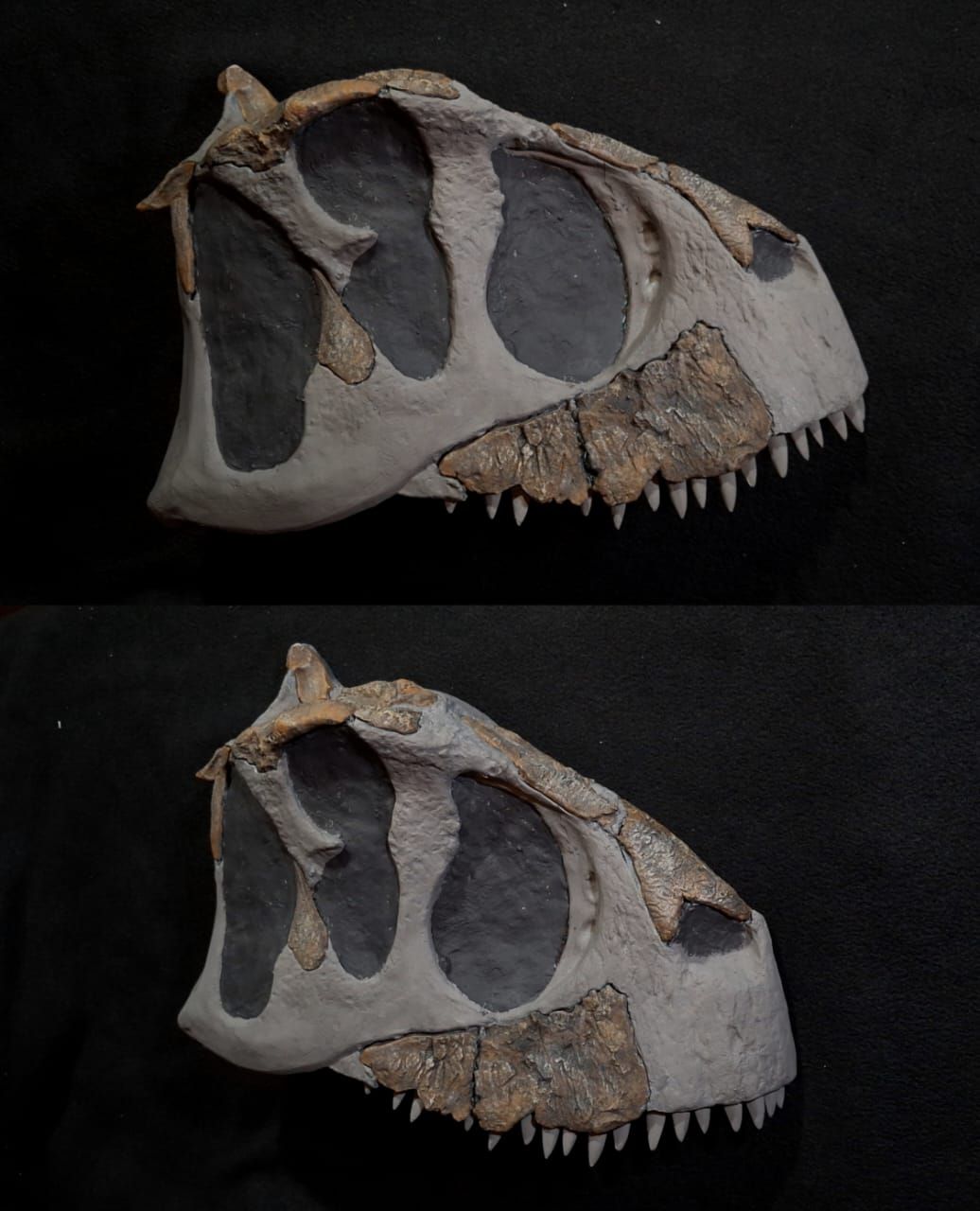A new dinosaur discovered, a super-predator with a strange appearance
Follow us on Google News (click on ☆)

Artistic representation of the newly discovered dinosaur, Koleken inakayali.
Credit: Gabriel Díaz Yantén
Koleken inakayali, measuring 16 feet long (5 meters), was a formidable predator of its time. Its fossils were discovered in the La Colonia formation in Patagonia and were the subject of a recently published study in Cladistics. Belonging to the Abelisauridae family, K. inakayali was a dominant predator of the ancient supercontinent Gondwana.
Abelisauridae, like K. inakayali, played a similar role to that of Tyrannosaurus rex in North America. Despite their tiny arms, these dinosaurs were fearsome hunters, thanks to their powerful hind legs and robust skulls. The skull of K. inakayali was distinguished by its flattened shape, comparable to that of a pug.
The team led by Michael Pittman discovered these fossils in 2015 in the Patagonian desert. The excavations, which spanned several years, recovered a partial skeleton including skull bones, tail bones, and nearly complete legs. The National Geographic Society financially supported this research.
K. inakayali coexisted with another abelisaurid, Carnotaurus sastrei, discovered in 1985 in the same geological formation. Unlike C. sastrei, which had horns and measured 26 feet (8 meters) long, K. inakayali lacked horns and was smaller.

Reconstruction of the head of Koleken inakayali.
Credit: Gabriel Díaz Yantén
The genus name "Koleken" comes from a Teushen word meaning "coming from clay and water," referring to the clayey rocks where the fossils were found. The species name "inakayali" honors Inakayal, a Tehuelche chief who opposed the 19th-century Argentine military campaign.
The study of abelisaurid evolution reveals that their success is partly due to the rapid evolution of their skulls. This rapid adaptation allowed them to explore new ecological niches and dominate their environment.